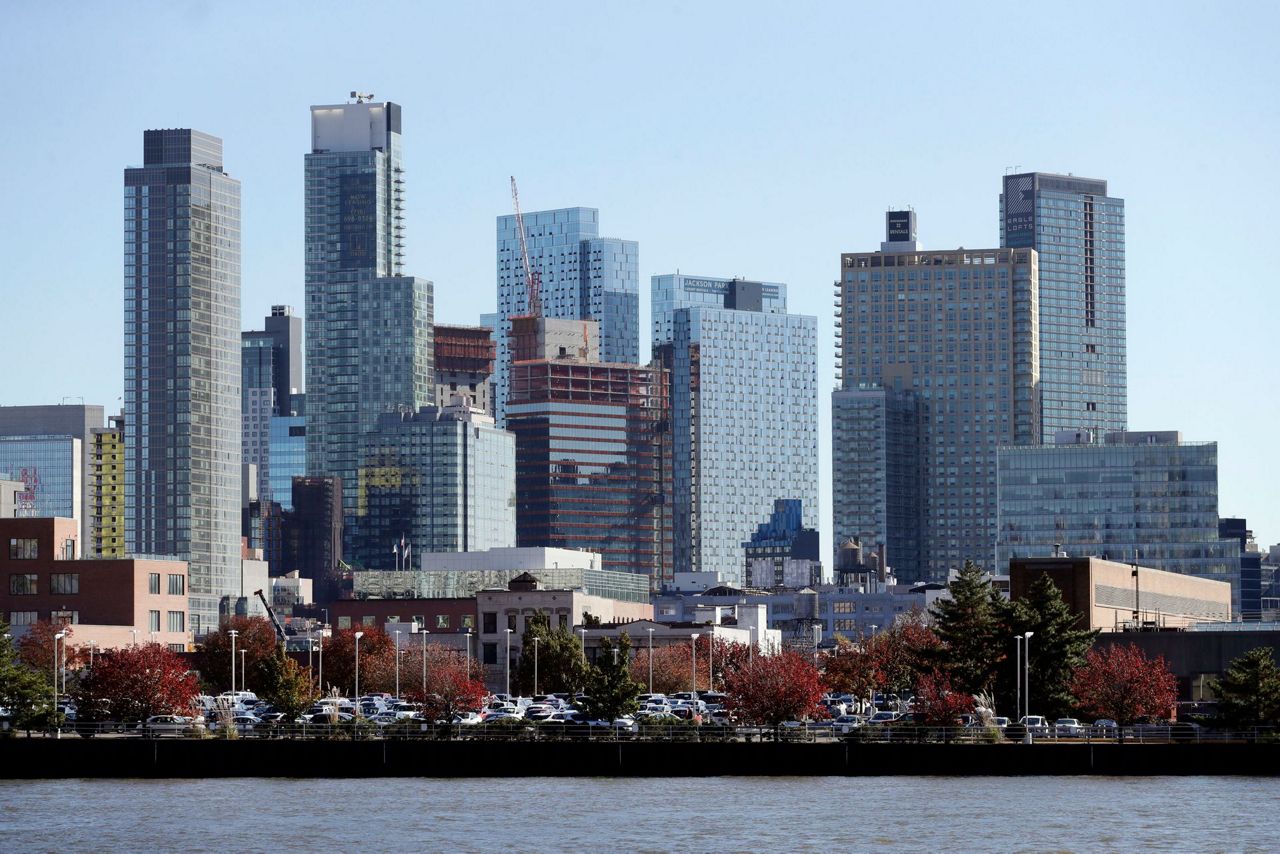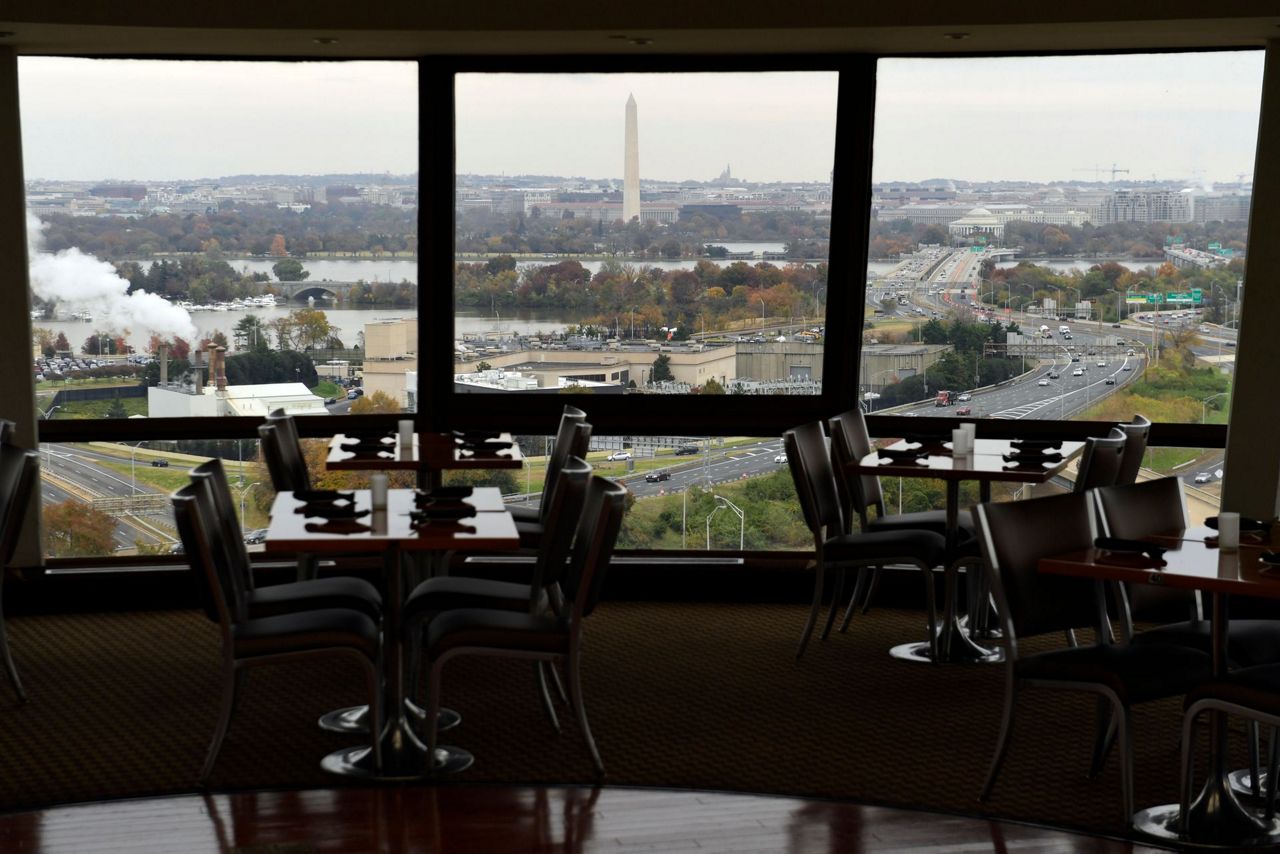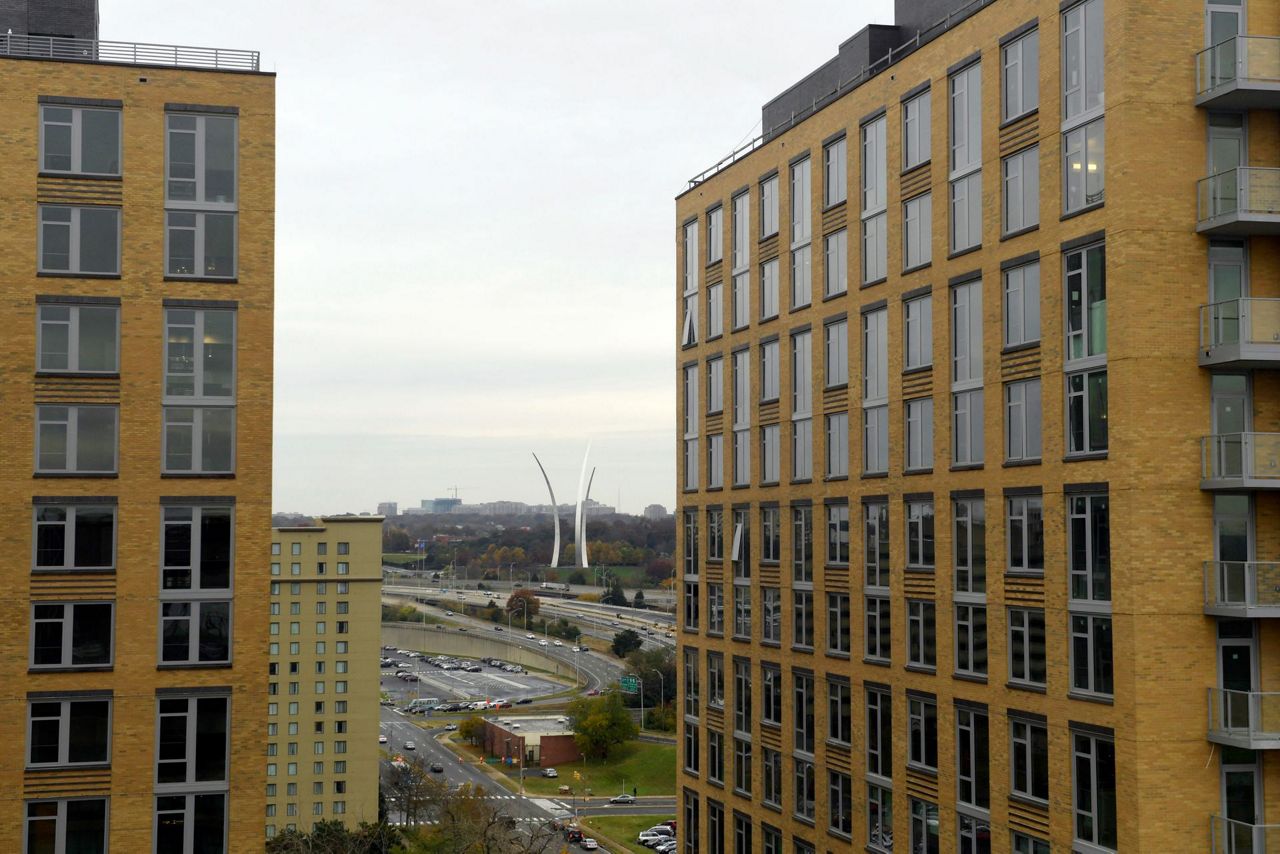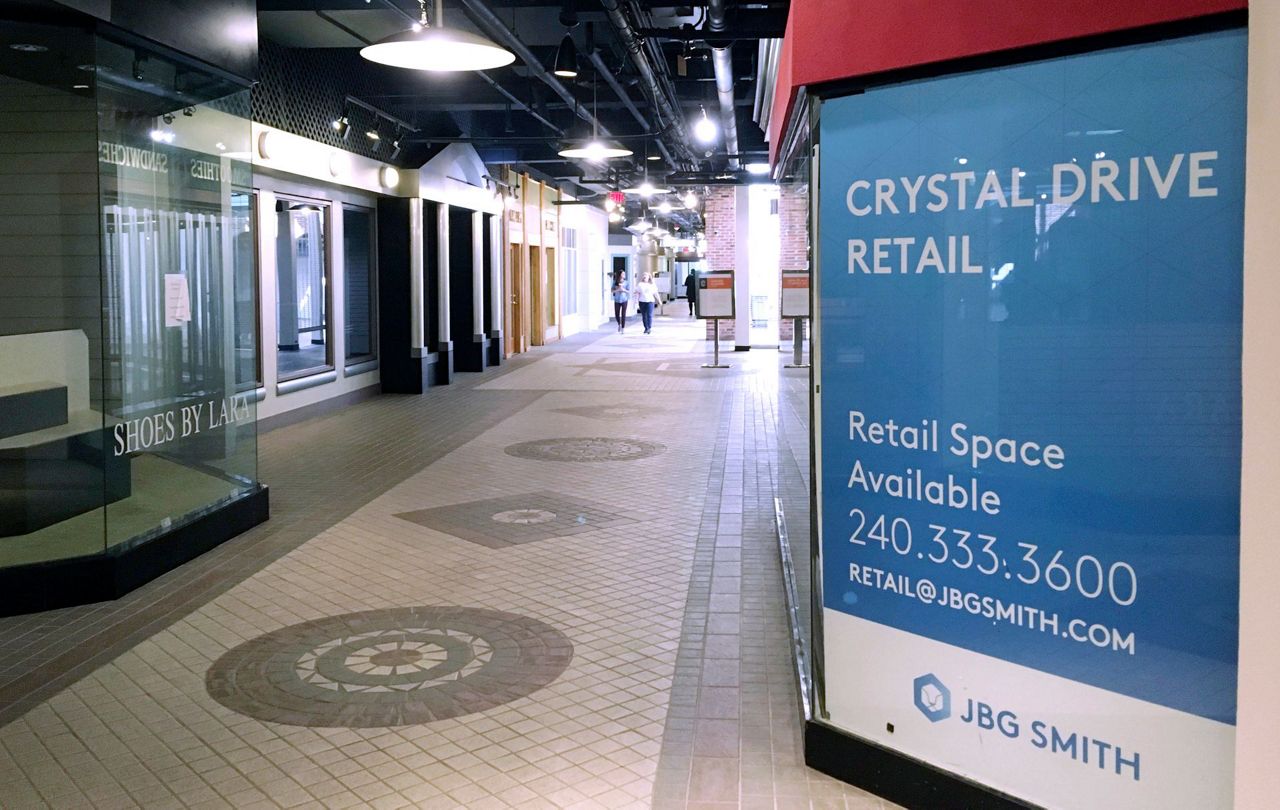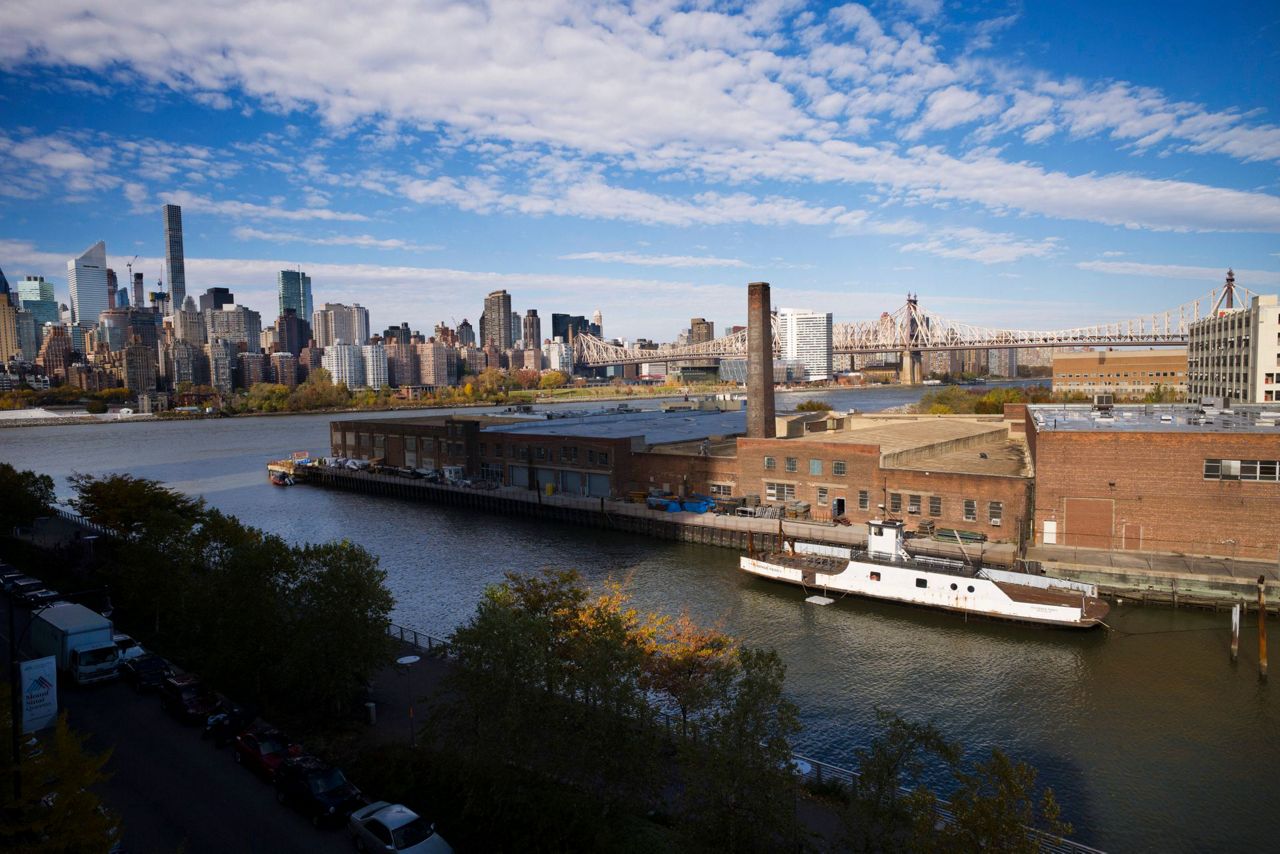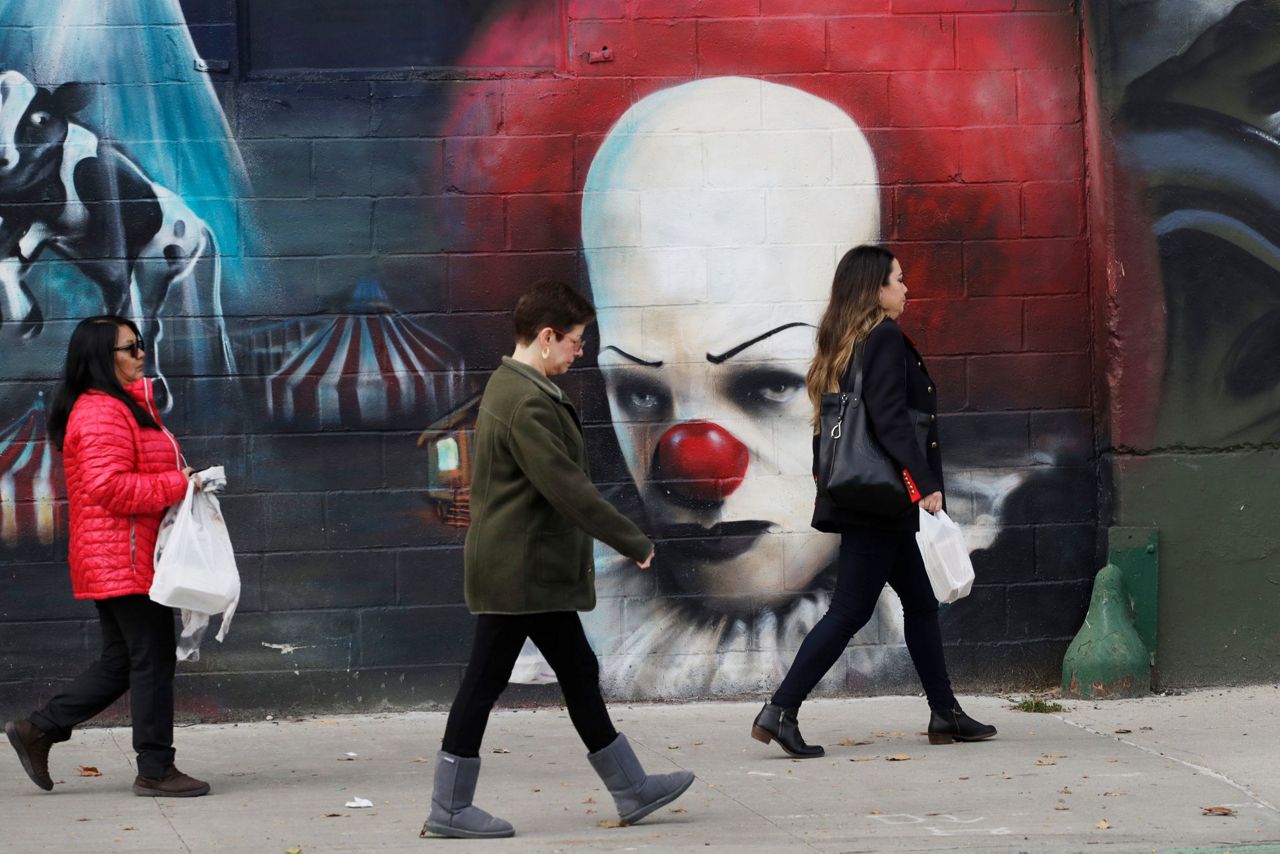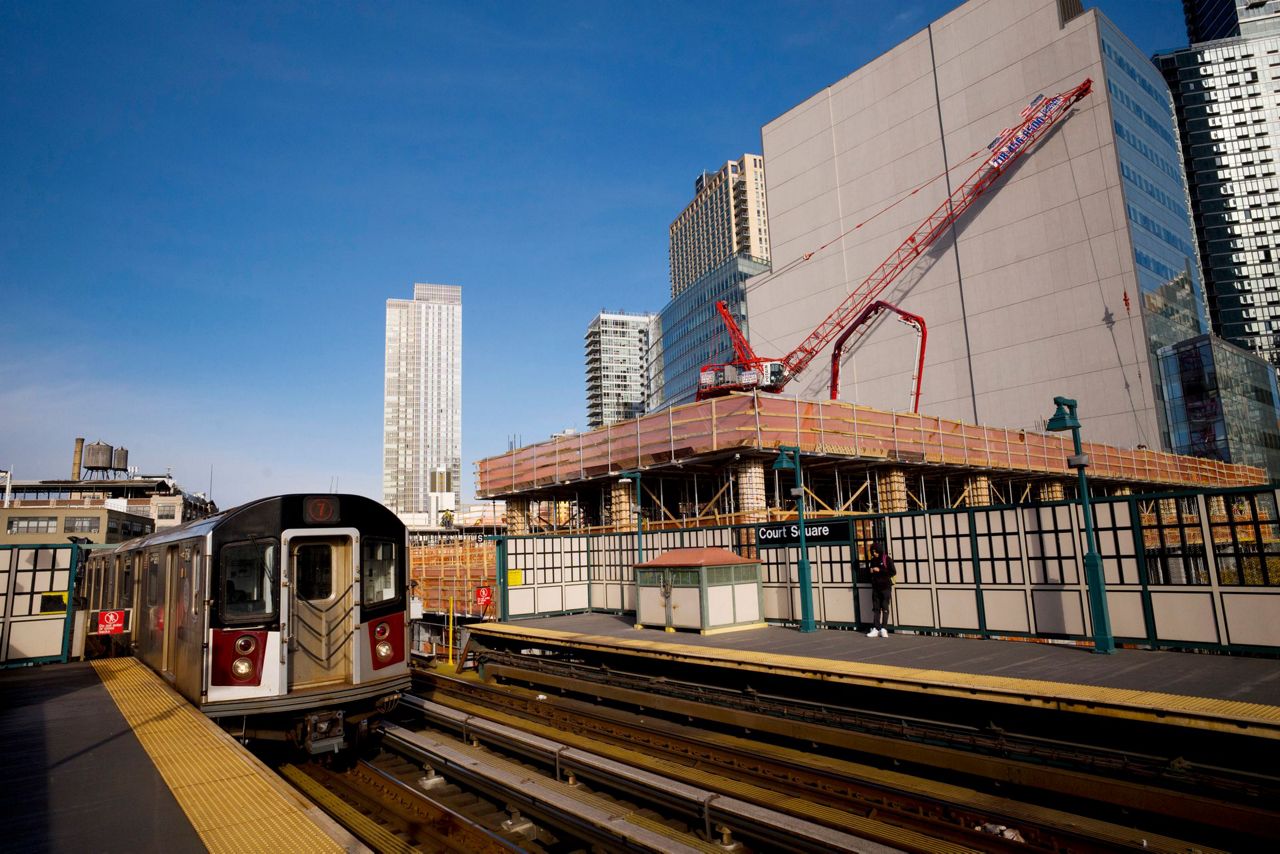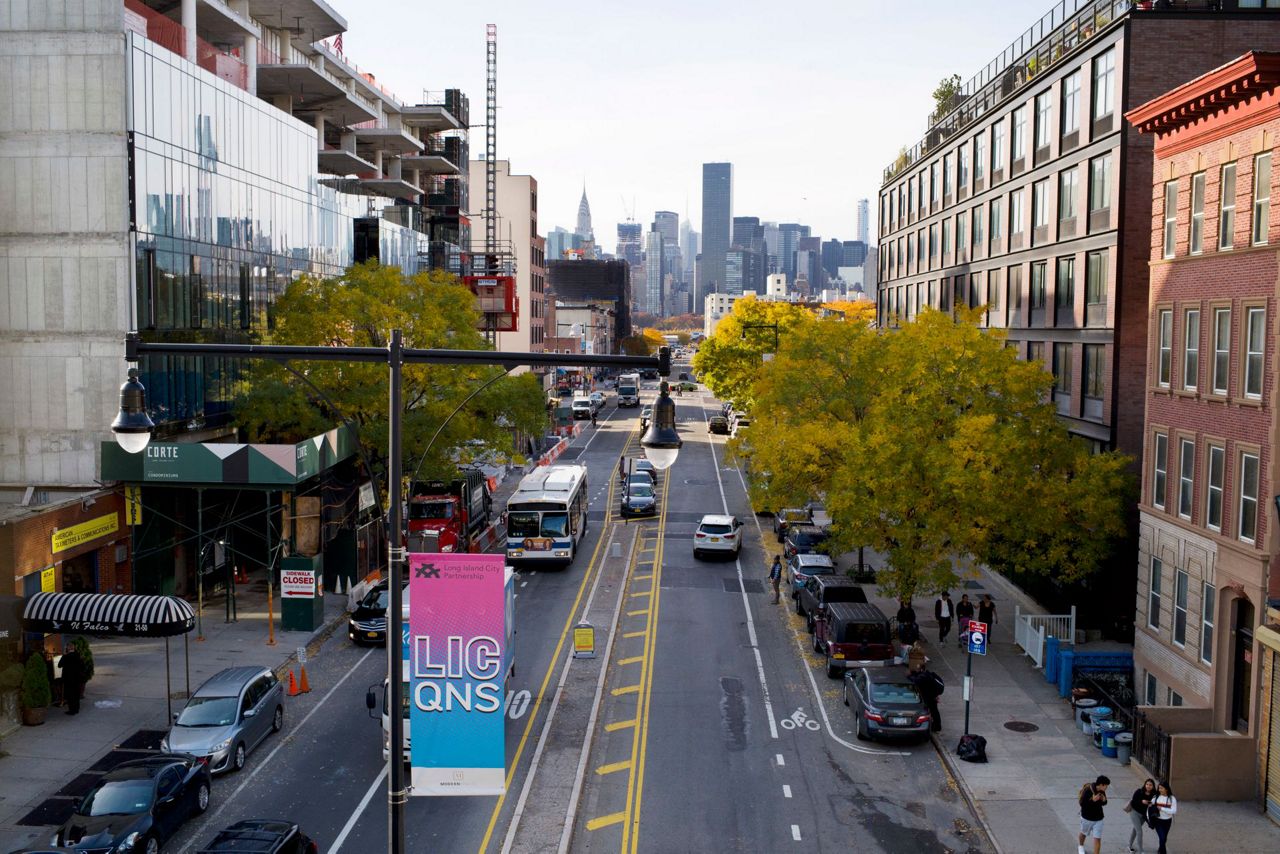NEW YORK (AP) — The two communities that learned Tuesday they are about to become homes to a pair of big, new East Coast bases for Amazon are both riverfront stretches of major metropolitan areas with ample transportation and space for workers.
But there are plenty of differences between New York's Long Island City and Crystal City in northern Virginia.
Set within eyeshot of the nation's capital, Crystal City is a thicket of 1980s-era office towers trying to plug into new economic energy after thousands of federal jobs moved elsewhere.
Rapidly growing Long Island City is an old manufacturing area already being reinvented as a hub for 21st-century industry, creativity and urbane living.
Seattle-based Amazon, which set out last year to situate one additional headquarters, announced Tuesday that it was splitting its project into two.
A look at the two communities:
LONG ISLAND CITY
It's already the fastest-developing neighborhood in the nation's most populous city, and Amazon could pump up the volume in this buzzy part of Queens.
The addition of Amazon to the neighborhood stands to burnish New York City's reputation as a tech capital. Landing Amazon also cements Long Island City's transformation from a faded manufacturing zone to a vibrant, of-the-moment enclave of waterfront skyscrapers, modernized warehouses and artsy-tech ambience across the East River from midtown Manhattan.
"I joke that we're experiencing explosive growth 30 years in the making," said Elizabeth Lusskin, president of the Long Island City Partnership, a neighborhood development group.
But Long Island City also has been straining to handle its growth.
Days before Tuesday's announcement , the city unveiled a $180 million plan to address Long Island City's packed schools, street design and a sewage system that groans in heavy rain. But those projects will just catch up with current needs, said area City Councilman Jimmy van Bramer.
"I know that there are a lot of people cheerleading for this, but HQ2 has to work for Queens and the people of Queens. It can't just be good for Amazon," said van Bramer, a Democrat. After the announcement, he said Amazon had "duped New York into offering unprecedented amounts of tax dollars to one of the wealthiest companies on Earth."
Once a bustling factory and freight-moving area, Long Island City saw many of its plants and warehouses closed as manufacturing shriveled in New York City.
The neighborhood's rebirth began in the 1980s, when officials broached redeveloping a swath of the waterfront, while artists were drawn by warehouse spaces, affordable rents and a building that is now the MoMA PS1 museum. Silvercup Studios — where such TV shows as "Sex and the City," ''30 Rock" and "The Sopranos" have been filmed — opened in 1983.
Long Island City gained a new commercial stature, and the start of a high-rise skyline, when the banking giant now called Citi opened an office tower there in 1989. But the area's growth lately has been driven by residential building.
Some 9,150 new apartments and homes have been built since 2010, more than in any other New York City neighborhood, according to the city Planning Department . Thousands more units are in the works.
The location identified by the state as the spot for Amazon's new campus is currently a collection of low-rise industrial buildings and parking lots wrapped around a boat basin.
New York has striven for nearly a decade to position itself as a tech hotspot.
Venture capitalists poured $5.8 billion into New York-area startups last quarter, more than any other region except the San Francisco area, according to the consulting and accounting firm PwC . Established tech giants, including Google and Facebook, have been expanding their New York footprints.
Still, landing HQ2 represents "incredible validation of just how far New York has come," said Jonathan Bowles, executive director of the Center for an Urban Future think tank.
Waiting for a subway, Long Island City community board chairwoman Denise Keehan-Smith could envision Amazon benefiting the neighborhood.
"But I think we have to be careful about it," she said.
CRYSTAL CITY
If any place in America can absorb 25,000 Amazon jobs without disruption, it may well be Crystal City, Virginia, where nearly that many jobs have vanished over the last 15 years.
The neighborhood in Arlington County is bounded by the Potomac River and the nation's capital on one side, by the Pentagon on another and Reagan National Airport on a third.
Despite its prime location and abundant transportation options, the neighborhood has been hit by a massive outflow of jobs. The Patent and Trademark Office began moving more than 7,000 jobs out of Crystal City in 2003. In 2005, the Defense Department announced plans to move roughly 17,000 jobs elsewhere as part of a base realignment.
Arlington County has worked hard to bring in new employers, and had some success. The Public Broadcasting Service moved its headquarters to Crystal City in 2006.
Still, large swaths of the neighborhood remain vacant. Among other challenges, the area has fought to overcome a reputation for outdated architecture.
Crystal City is populated by '70s and '80s-era office buildings. The buildings are connected by a network of tunnels populated with food-court style dining options, hair salons and newsstands. The tunnels leave the ground-level outdoor streetscape sometimes looking empty.
Brookings Institution urban planner Jenny Schuetz suggested the buildings may require an upgrade, or even replacement. But she noted that while people often associate tech companies with converted lofts or state-of-the art workspaces, many big Silicon Valley tech companies actually work out of '80s-era office buildings.
For all the talk about antiquated architecture, people who've actually worked in Crystal City appreciate its convenience and its worker-friendly features, including the tunnels.
"I loved it here," said Christine Gentry of Greenbelt, Maryland, as she ate breakfast in a largely empty food court. She works for the Patent and Trademark Office and preferred the days when her office was in Crystal City.
"Everything is accessible here," she said. "When it was raining or snowing or sleeting, I never had to go out."
Perhaps no place better illustrates the vibe of Crystal City than the region's only revolving restaurant, the Skydome atop the Doubletree Crystal City. Diners enjoy a panoramic view of the D.C. skyline, completing a full rotation every 47 minutes.
Sam Getachew, the hotel's food and beverage manager, said the restaurant fits the neighborhood's retro atmosphere.
"It's huge draw," Getachew said. "People come for the curiosity of it."
The only downside, he said, is that "when customers get up to go to the restroom, they don't know where they are when they come back."
When Amazon announced its plans Tuesday, it said its footprint will extend beyond Crystal City into the adjacent neighborhoods of Pentagon City and Potomac Yard, which have collectively been dubbed "National Landing" by the region's economic development officials.
___
Barakat reported from Arlington, Virginia.
Copyright 2018 The Associated Press. All rights reserved. This material may not be published, broadcast, rewritten or redistributed.



